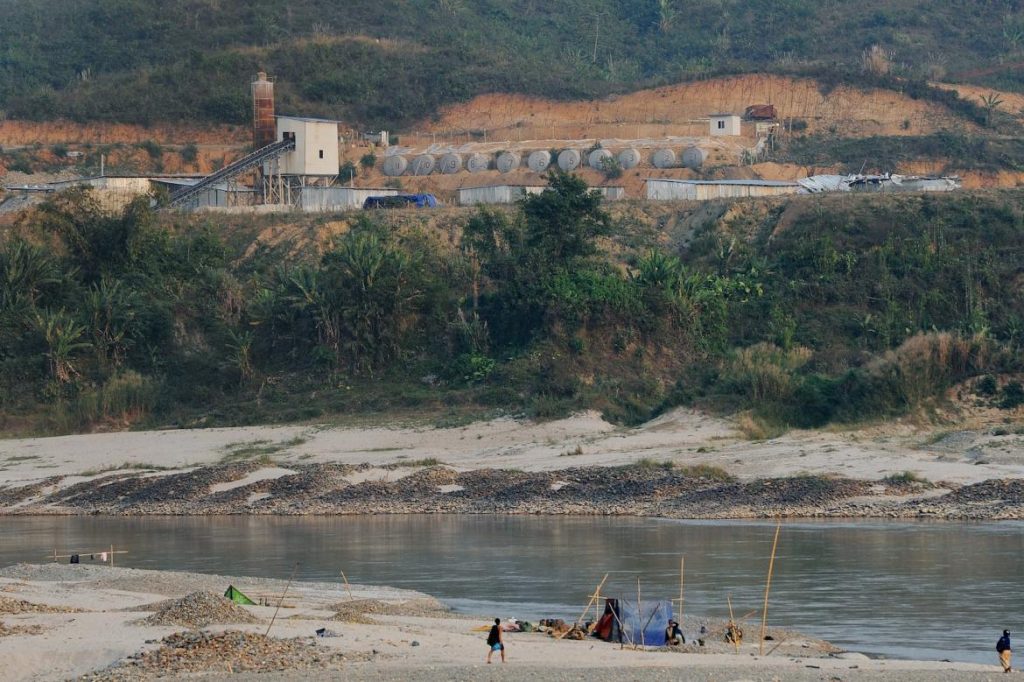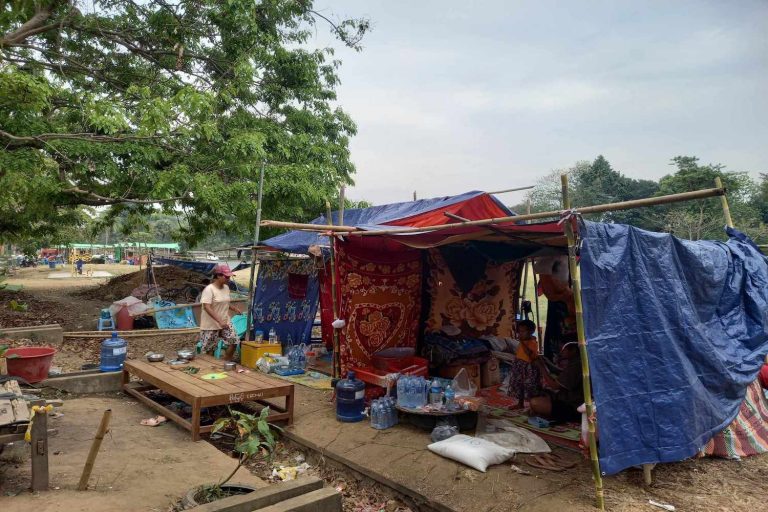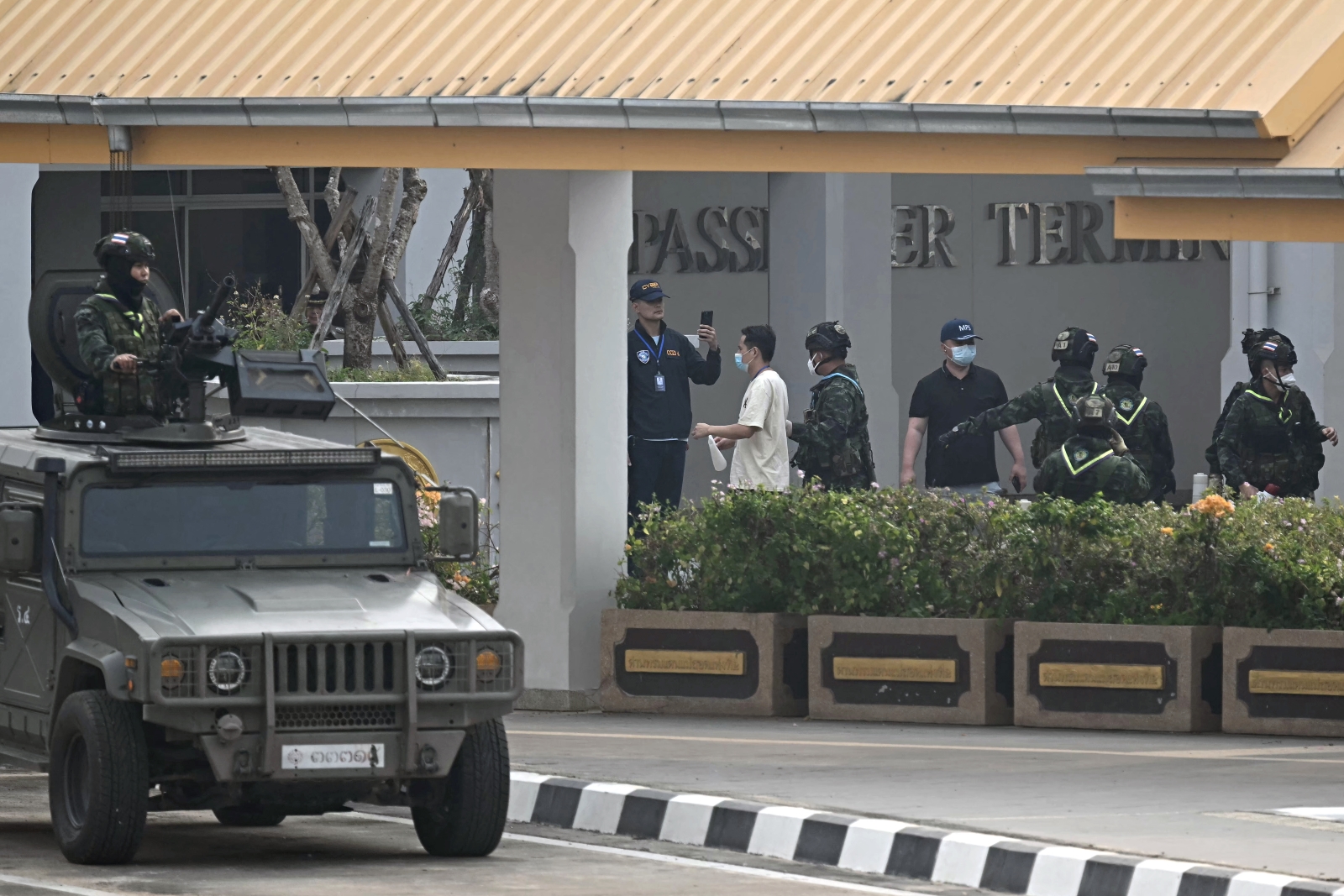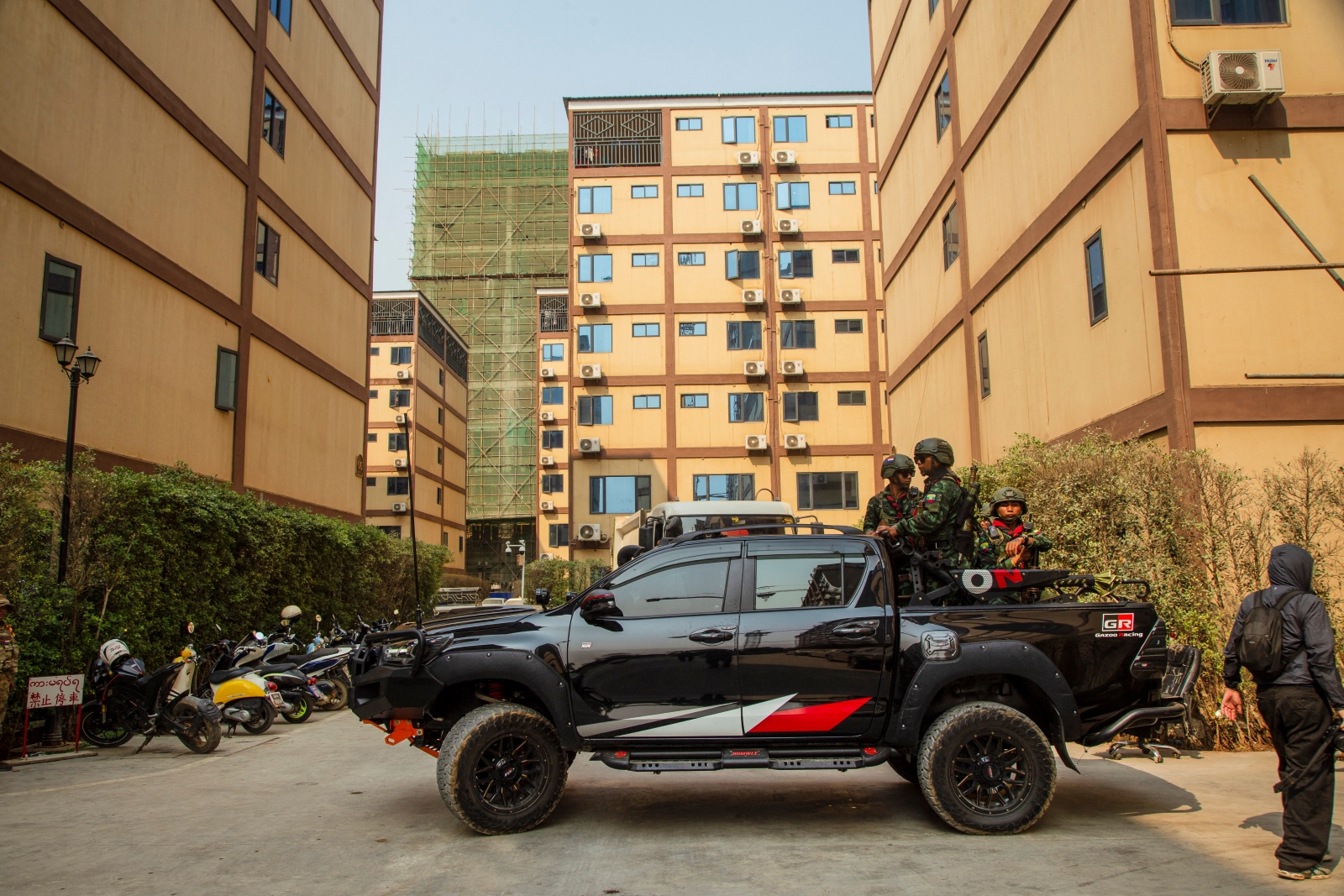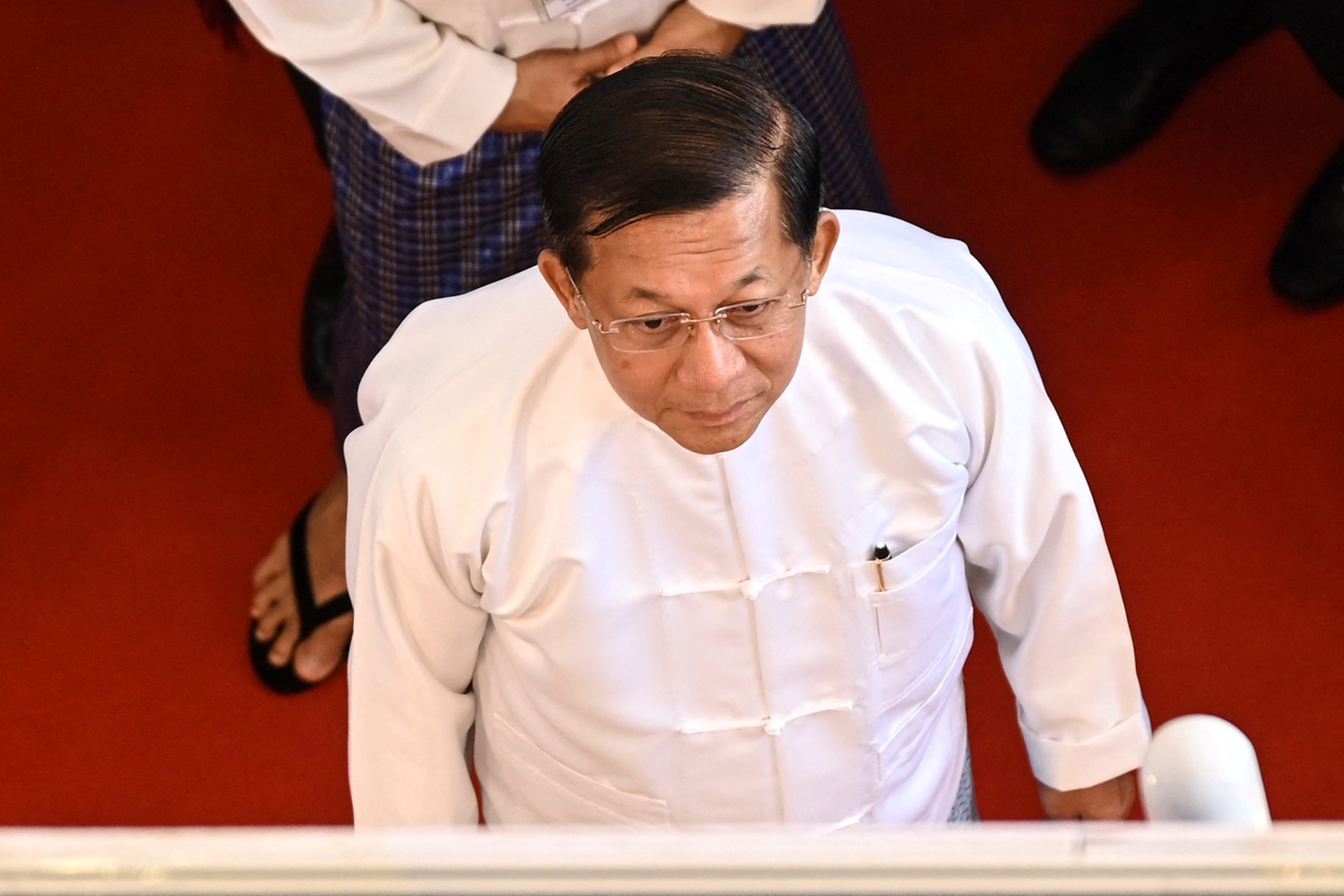As China steps up the pressure for a resumption of work on the controversial Myitsone dam, Myanmar is told it faces three options over the project’s future.
By SITHU AUNG MYINT | FRONTIER
On June 2, a delegation headed by China’s ambassador to Myanmar, Mr Hong Liang, travelled to Kachin State to lobby for a resumption of work on the US$3.6 billion Myitsone dam.
Hong was accompanied by senior executives of China’s State Power Investment Corporation, a subsidiary of which signed an agreement with the junta in 2009 to build the dam on the Ayeyarwady near the confluence of the Mali and n’Mai rivers.
In September 2011, President U Thein Sein responded to a growing national protest movement by suspending work on the project to build Southeast Asia’s largest hydropower dam for at least the duration of his term in office.
The project’s future is emerging as a major test of the National League for Democracy government its ability to manage relations with China.
Support more independent journalism like this. Sign up to be a Frontier member.
This week I would like to discuss the Chinese delegation’s trip to the Kachin State capital, Myitkyina, and the options facing the NLD government over this sensitive issue.
The Chinese ambassador and senior SPIC executives are well aware that the Myanmar people strongly oppose the Myitsone dam, but believe they are misinformed about the project. The purpose of their trip to Kachin was to explain the advantages of the project to representatives of the state government and local political parties, and to sound out the opinion of Myitkyina residents.
Discussions over the project began in 2006 when a senior member of the junta, General Thiha Thura Tin Aung Myint Oo, who was a vice president in U Thein Sein’s government from March 2011 to July 2012, visited China and sought assistance for hydropower development.
The project originally envisaged a series of seven hydroelectric dams, including the main dam at the confluence of the Ayeyarwady, with another on the Mali and five on the n’Mai rivers.
The seven dams were estimated to generate a total output of 21,600 megawatts, or about four times more than the nation’s current installed generation capacity of 5,200 MW.
Under the terms of the initial agreement, SPIC had an 80 percent share in the project and the government 15 percent. The diversified conglomerate Asia World held the remaining 5 percent.
Myanmar was to receive 10 percent of the power, cost free, and the rest was to be exported to China. However, Myanmar was given the option of buying another 20 percent of the output and China was reported to also be interested in supplying power to India and Bangladesh.
The suspension of the project by President Thein Sein created problems for SPIC and other Chinese contractors that had borrowed from Chinese banks but had to continue paying interest on their loans. The soaring cost of the project due to accumulating interest has been reported to the government, the Myanmar Investment Commission and the Office of the Attorney General each year since work was suspended. The total cost of the project at the end of last year was reported to have reached $800 million.
The Chinese government and companies want an end to this procrastination and a decision on the project’s fate as soon as possible. They want to know if the project will be resumed, resumed with modifications or cancelled. If it is to be cancelled, they will not ask for immediate compensation but will seek to have costs covered through a long-term loan or be granted other investment opportunities in Myanmar, so as to avoid harming the long-standing friendly bilateral relations.
The four SPIC executives who travelled to Myitkyina included the director-general of its international business department, Mr Lieu Zan, who told members of the Kachin State government that Myanmar faced three options over the dam.
He said it can cancel the dam and be liable to pay $800 million in compensation, resume work on the project and earn $500 million a year in revenue when it is completed, or do nothing and pay $50 million in interest costs for as long as it is suspended.
It is now up to Suu Kyi and her government to decide which course of action to take.


